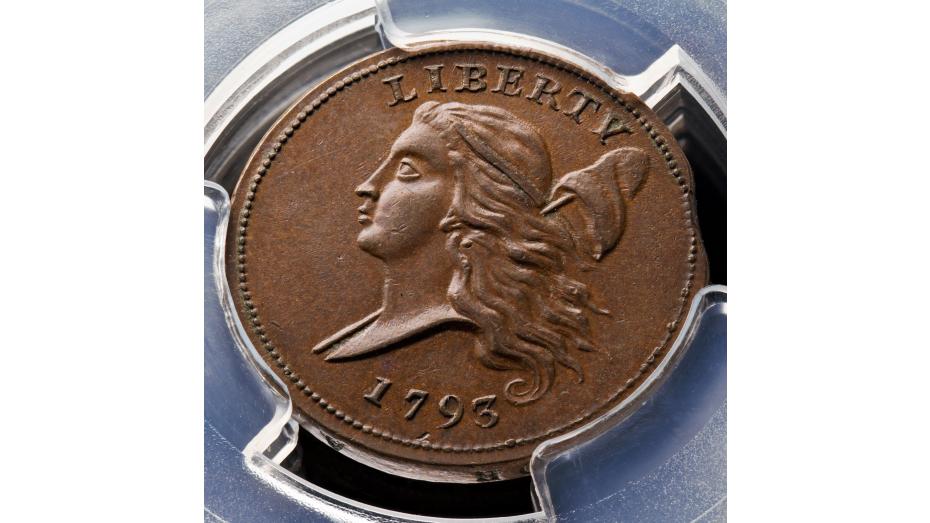How Benjamin Franklin Honored France and America in the Libertas Americana Medal
One of the most influential pieces of American medallic art is the Libertas Americana Medal. Designed in part by Benjamin Franklin and struck to honor France’s part in the victories in the battles of Yorktown and Saratoga, the Libertas Americana Medal features an image of Liberty on the obverse with a Phrygian cap on a stick. This stunning image would inspire coin designers for years to come.
The origin of the Libertas Americana Medal can be traced back to a letter that Benjamin Franklin sent in 1782 to Robert Livingston, U.S. Secretary for Foreign Affairs, regarding the recent victories in Yorktown and Saratoga. In this letter, Franklin wrote, "This puts me in mind of a medal I have had a mind to strike... representing the United States by the figure of an infant Hercules in his cradle, strangling the two serpents; and France by that of Minerva, sitting by as his nurse, with her spear and helmet, and her robe specked by a few 'fleurs-de-lis." Franklin was long a proponent of maintaining a strong relationship with the French , acting as the United States Minister to France from 1779 to 1785. This design would go on to become the basis for the reverse of the Libertas Americana Medal.
The Battle at Yorktown saw General George Washington ally with the Comte de Rochambeau who led the French Army to a decisive victory over Britain’s General Cornwallis. Similarly, in the battles at Saratoga, American forces were able to overwhelm and defeat General John Burgoyne. With these two battles, America proved to Britain that it was a true contender and could win this war. Immortalizing these victories in the form of a medal was only fitting for such tide-turning engagements.
Benjamin Franklin sought to honor France by comparing the country to Minerva, the Roman goddess of wisdom who helped Hercules kill the hydra, a snake with multiple heads. In Franklin’s reverse, even as a baby Hercules is able to fight off the snakes. This is symbolic of the young nation of America, which is mightier than any would suspect. Minerva is fighting back a lion with its tail between its legs, representing Britain.
Famous French sculptor Augustin Dupre was commissioned to bring this design to life. The Phrygian cap seen above Liberty’s head symbolizes freedom. Just looking at the flowing hair of Liberty, the comparison to the early Half Cent and Large Cent from 1793 is impossible to ignore. Liberty’s design on the Libertas Americana Medal can even be compared to the stunning Flowing Hair Silver Dollar. The Phrygian, or freedom, cap can also be seen on the Walking Liberty Half Dollar which in turn was used on the American Silver Eagle that is still struck to this day.
Struck in gold, silver, and bronze, the Libertas Americana Medal actually comes from the Monnaie de Paris, the world’s oldest continuously running mint. Only 2 examples were struck in gold and given to King Louis XVI and Queen Marie Antionette. Sadly, those examples have been lost to time. About 50 silver medals were struck and distributed to heads of state and approximately 200 examples were composed of bronze. With so few medals made, this a very difficult to find artifact of the American Revolution.
While the numismatic community may not recognize the Libertas Americana Medal, it is one of the most important pieces of American history to be created. As one of the only medals or coins to display the year 1776, this piece honors the writing of the Declaration of Independence only a handful of years after it was signed. The Libertas Americana Medal also commemorates two of the most important victories in the Revolutionary War, which showed the world that America was indeed an independent nation.






